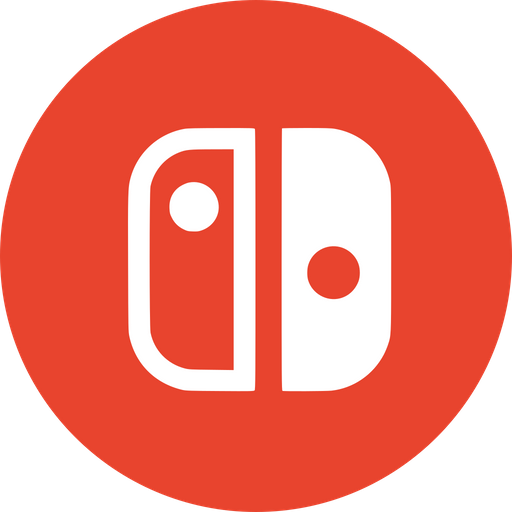Breath of the Wild and Tears of the Kingdom are both fantastic games - and Tears of the Kingdom really does feel (to me) like they just took Breath of the Wild, and added a few more years of dev time to it.
Where do you think Nintendo will take Zelda from here though? Can they keep with the same new formula? Should they? Will a more traditional game feel disappointing after this?
I don’t really know what I want myself. I think they should try something different though. At the same time, I can’t help but think I’d be disappointed if the next game was more similar to something like Twilight Princess. Have they boxed themselves in?


I think they need to find a way to merge the BOTW open world with the more traditional structure of Zelda games. The issue is that those two philosophies are sort of at odds with each other, with BOTW and TOTK not wanting the player to be locked out of anything while exploring the world while the traditional structure has you unlock items throughout the game in order to solve puzzles, which there are much fewer of outside of dungeons. It can work though, if Wind Waker is any indication with its side islands.
Story/progression gating the dungeons is probably the right move. That seems to be what most people want.
The overworld itself is (literally) giant Hyrule Field—a big open space with secrets to explore that connects all of the main story-relevant areas together. But the dungeons themselves don’t need to be open/available from the get-go, and it’s possible to gate access behind specific story progression or tool access.
I think what we see as far as difference in design is that the BotW/TotK dungeons are nonlinear and relatively gimmick free. In BotW, the one feature of each dungeon was manipulating it’s position from the map to make things happen. In TotK, it’s your allies’ abilities. And then from there, you have X number of things you need to turn on, and then you can proceed to the boss.
The older style, conceptually, isn’t so far removed from today, but they go mostly linearly. Instead of finding X number of terminals in whatever order you want, you find a key that opens a path that leads to another key. Halfway through, you find a new tool that allows you to navigate the central gimmick of the dungeon in a different way, leading you to more keys and eventually ending with a big key for the boss room.
If TotK had a linear path from terminal to terminal, and each dungeon featured, say, some sort of unique Zonai device found nowhere else that becomes key to solving the puzzles, that would basically be the old formula people are looking for.